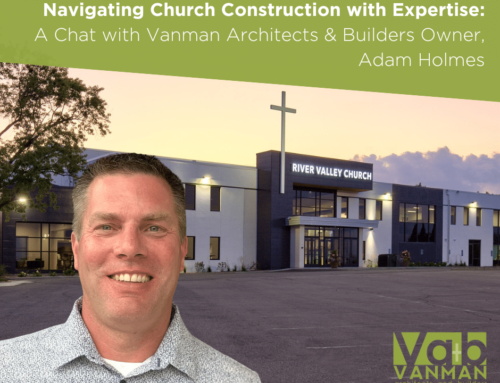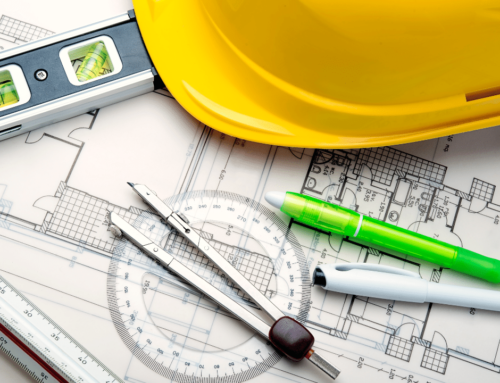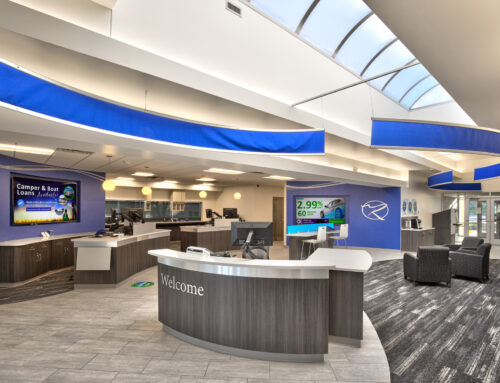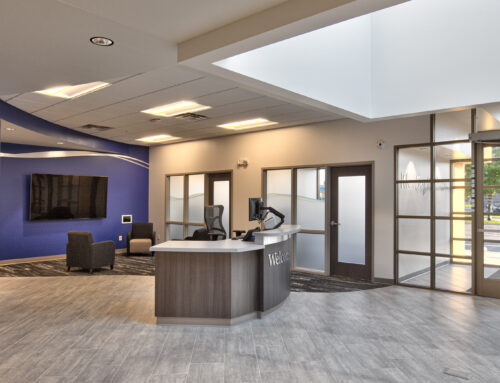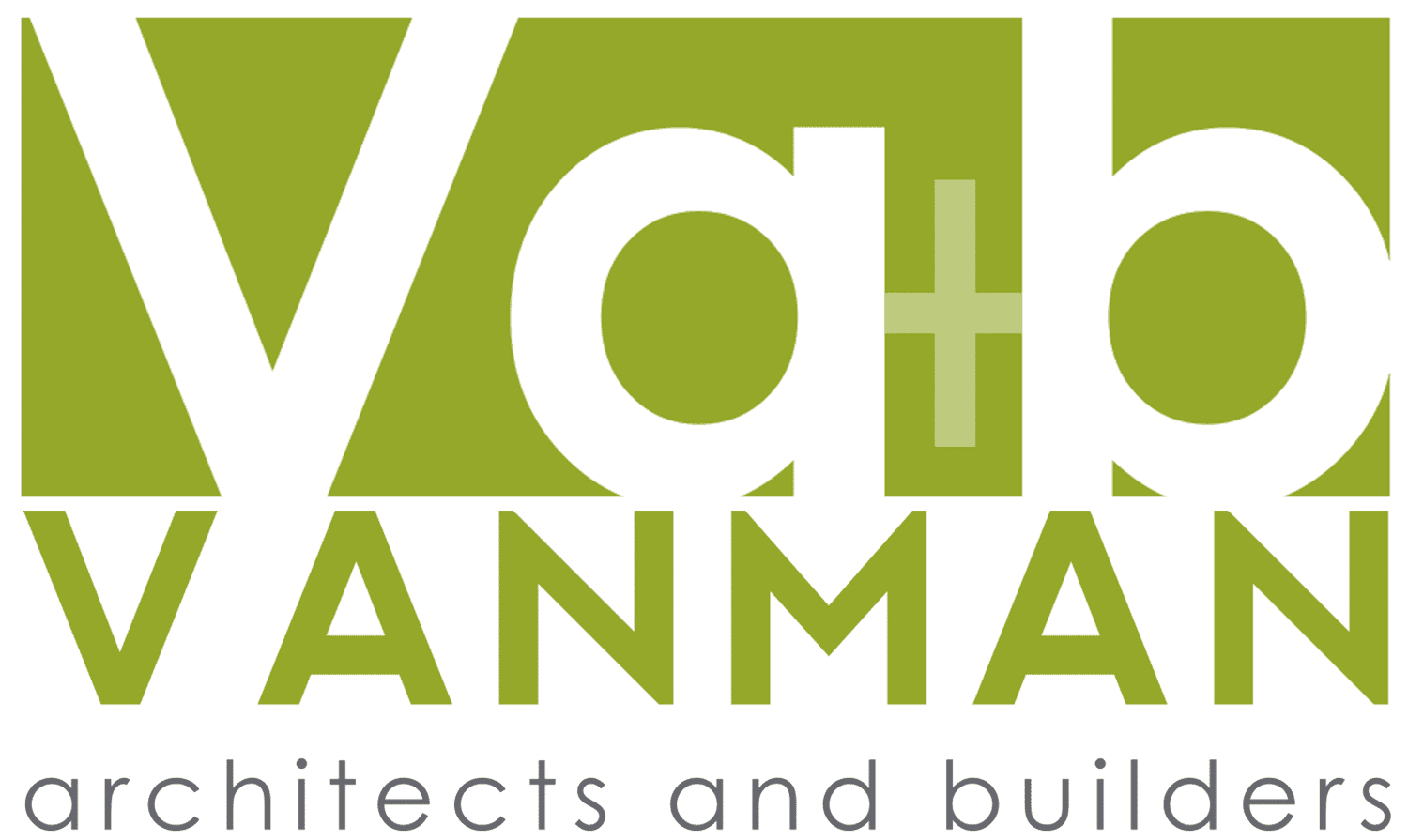
It’s common knowledge that construction and remodeling projects often take a significant amount of time, money, and resources in order to complete. But why is it that so many have the tendency to fail? In this blog post, we will explore the common reasons behind project failures while at the same time offering up some of the necessary tips and tricks you need in order to make sure your project gets completed exactly to your liking.
1. INACCURATE ESTIMATES
Underestimating a project’s scope and budget requirements are two of the most common reasons why construction projects end up getting delayed, amended or axed altogether. With changing market conditions, miscalculations, and specification errors in the mix, it can certainly be overwhelming trying to keep up with the dynamics of the planning and construction process. However, with the right project management strategies in place, you can make sure to always stay within your budgets and deadlines.
But what is considered the “right” project management strategy?
Thorough and dedicated project management is key to the success of your construction project. Having a team of eyes constantly double and triple-checking for errors and cost overruns is one of the most needed and valued parts of your project’s timeline. Have a detailed checklist and project plan in place so that, before placing any orders, you are absolutely sure no prices have fluctuated and that nothing goes overlooked. By doing so, you will have plenty of time to catch cost raises and either inform the owners of these changes or adjust the pricing in order to stay within budget.
2. SCOPE CREEP
When starting a construction or remodeling project, it is essential that you do your due diligence at the preliminary stages of the project before diving in with a contractor. If not, you can run into something called “scope creep”, which refers to the process in which the workload increases beyond the original agreement. Some common causes for this to occur include:
Client requests that don’t reflect the amount of work that was originally agreed upon.
Poor communication at the infant stages of the construction or remodeling project.
Unclear specifications or ambiguity within the written agreement shared between client and contractor.
Ultimately, the number one goal of any project is the client’s satisfaction, however, this can become a bit tricky if the scope of the project is not thoroughly defined and discussed between the two parties involved. Planning in a dynamic manner and getting accurate information upfront will allow for the process to run far more smoothly while providing clear objectives to both parties about what needs to be accomplished. Oftentimes, terminology and agreements between contractor and client can be misconstrued or difficult to understand, so making sure that everything is written in a way that can be understood by both parties is the quickest and most effective way to avoid scope creep in your construction or remodeling project.
3. DELAYS, DELAYS, DELAYS
Delays are a common, yet costly, occurrence in many building projects. With government approvals, permit delays, and site regulations being able to slow down the timeline of your project, it’s no question why delays are often seen as the kryptonite to successful, on-time completions.
But how can you go about avoiding them?
Depending on where you are placed on the map, it may be necessary for you to consider union requirements and area-specific building codes before beginning your construction or remodeling project. On top of this, making sure that the right licenses are held and that thorough site surveys and investigations take place beforehand is an essential part of the planning process and will save you time and expenses during the subsequent stages of your project.
4. UNFORESEEN CONDITIONS
Sure, some things simply can’t be avoided. However, that doesn’t mean you can’t have a plan in place for when things go awry. Unforeseen conditions such as natural disasters, structural or design issues, mold, asbestos, etc. are just a few of the problems that can run up costs and/or delay your construction or remodeling project. And because you can’t necessarily control or anticipate these situations entirely, it is essential that you have a plan in place beforehand so that both parties are on the same page when issues do arise.
Some ways that can help you prepare for the unknown are by having proper insurance in place to minimize damage costs, and by hiring an experienced contractor who can predict and identify the common signs associated with these problems. You should work with your contractor to set up a pricing plan so that when disasters strike, you will have a safety net in place that accounts for unforeseen costs.
5. COMMUNICATION GAPS
Communication is everything when it comes to successfully completing a construction or remodeling project on time and within budget. It can truly make or break your project. Without a chain of command in place to make sure that each party is getting the right information at the right time on designs, plans, schedules, etc., more often than not, costly issues and delays in the project can present themselves.
That said, it is critical to the success of your construction or remodeling project to communicate any changes, problems, or requests that may come up during the planning and construction process. By establishing a chain of command, every player is held accountable for their duties, which in turn, keeps everyone on the same page and allows for clear and concise communication throughout the entire duration of the project.
YOU’RE ALREADY ON THE RIGHT TRACK!
With a 98.8% completion rate on all of our bank, school, and church construction projects, we work to avoid the main issues that cause construction projects to stray from both the timeline and the budget.
Ultimately, doing your research and figuring out why construction projects fail in the first place is a great way to avoid project mishaps and failures. This means you’re already setting the groundwork for a successful construction project for your community, company or congregation.
If your next step is to find a full-service architecture firm you can trust, contact our team today! We’d love to see how we can meet the unique needs and goals of your project.

